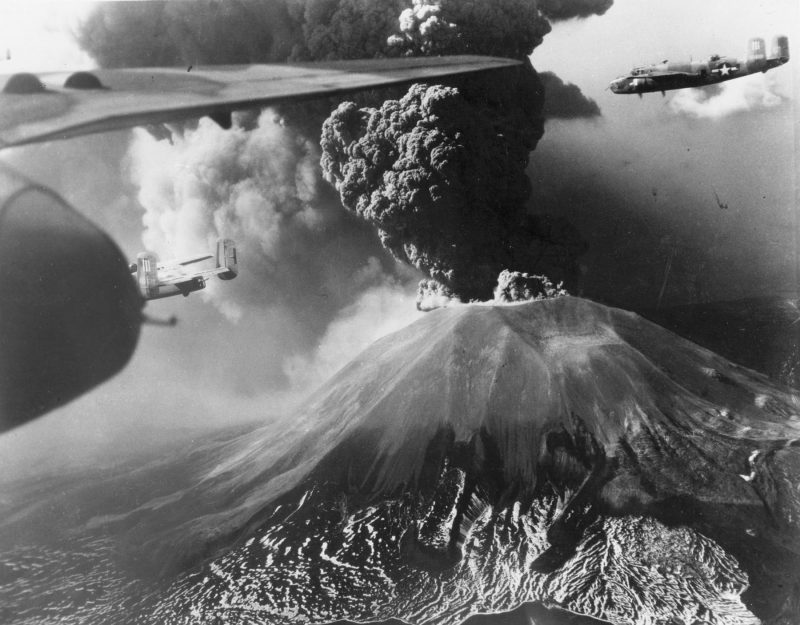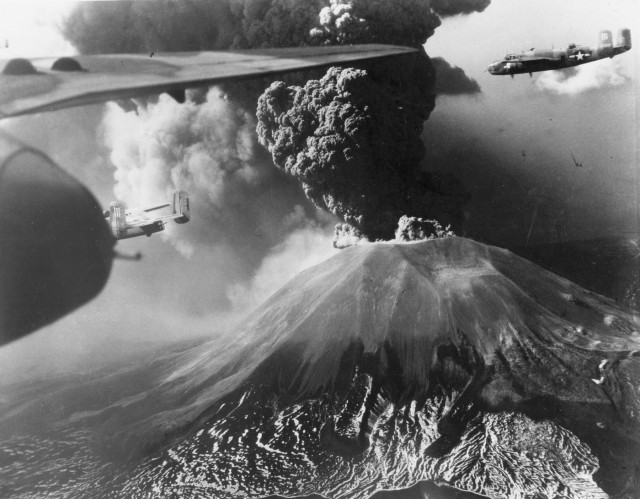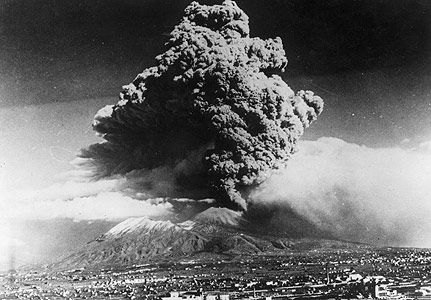Mount Vesuvius is among the most famous natural spectacles in the world. It is also one of the most feared. Having erupted seventy years ago, it has yet to erupt again. Famed for its destruction of Pompeii, many fear that the large volcano may go off again at any time. Following Pompeii’s tragic destruction, Mount Vesuvius has only erupted approximately thirty times.
When the volcano erupted in 1944, it was near the site of an Italian base used by Allied forces in World War II, meaning there were several witnesses to the event. In some ways, Mount Vesuvius and its eruption were much welcomed by the Allies, as it was one of the few things some of them were able to tell their families about. This was especially true since the year of the event was the same year there had been increased concentration on cracking the Enigma machine, a German encryption device which had only recently been captured from a German U-boat.
Mount Vesuvius can be seen from miles away, and Allied soldiers noticed that, even with the top of the volcano covered in snow, smoke was constantly issuing forth from the top. It was when the smoke output increased that soldiers became wary that an eruption might be near. What some might not know about volcanoes is that an eruption is not a brief event. The volcano spewed forth lava for several days, something it had not done for over a decade at that point. Luckily, the slow process was not as unexpected as the tragedy of Pompeii, and the most populated areas were easily evacuated, The Telegraph reports.
Wartime reporters soon found they had something to talk about besides the horrific deaths of those at battle. What Mount Vesuvius did to the nearby town of San Sebastiano was unlike anything the Japanese had done at Pearl Harbor. The eruption left nothing of the land in its path, but still there were several brave reporters willing to catch the carnage from as close as possible. After over a week of molten lava, the volcano began its stage of erupting with ash and rock, the fallout of which could be felt from several miles. This was the phase that became deadly, claiming twenty lives before its end.
The 1944 eruption of Mount Vesuvius created as much as it destroyed. Volcanic ash has a tendency to make the lands around it much more fertile, and this was no exception. While there were eventual benefits to the ordeal, the eruption of Mount Vesuvius is still an event that many people fear going into the future.
//


